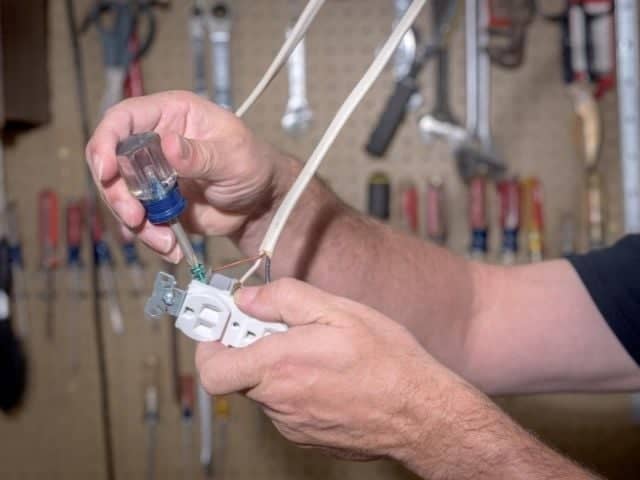The problem with the word "Neutral" is that it is purely a made-up word, electrically speaking. A more descriptive word would be something like "Anchor", because that is what it is accomplishing. There is no difference between "hot" and "neutral", except that neutral is "anchored" to the earth-ground potential voltage.
To understand this, you need to think about how electricity gets to our house. To keep the discussion really simple, consider just a transformer hanging from the power pole down the street. The primary side of this transformer is very high voltage, typically, this can be 7200 volts, for example.
On the secondary side, even though the voltage between L1 and L2 is 240 volts, the entire system can float to an indeterminate (unknown) voltage anywhere between the lower and upper primary wires. In the worst case, L1 could be at 7200 volts, and L2 would be 240 volts below this, or 6960 volts. Even the center-tap that we later call "neutral" would be sitting at 7080 volts. Or these voltages could be anywhere in between; they are literally floating with respect to the dirt we are standing on.
And just like holding the string of a helium balloon to keep it from floating away, tying the center-tap of the transformer to an earth-ground holds the whole system anchored to this local voltage under our feet. This is why the transformer center-tap gets tied to ground, and at that point, we give it a new name called "Neutral". It's voltage is now neutral with respect to the nearby earth.








